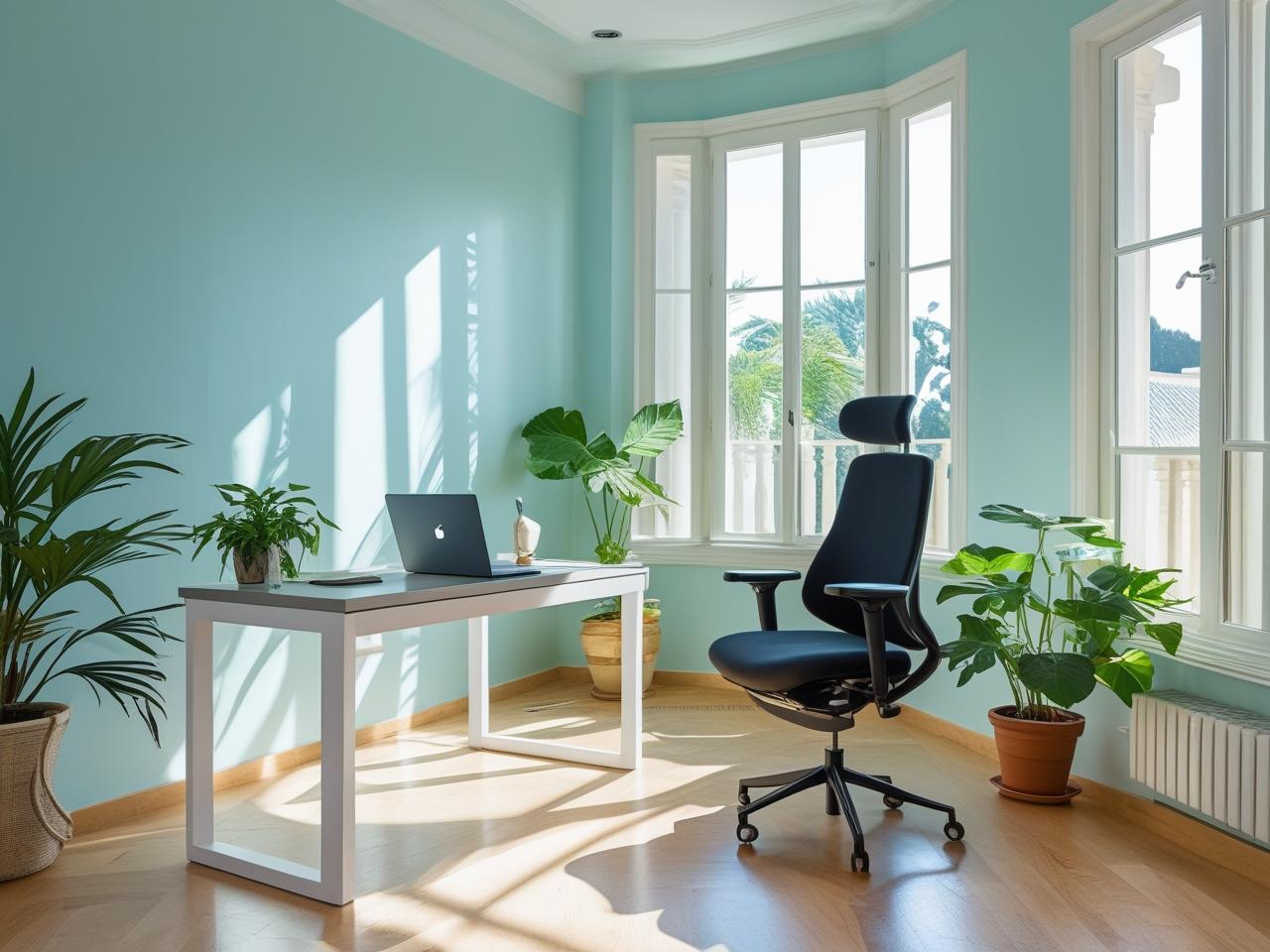How to Create a Productivity-Friendly Environment
Your environment plays a crucial role in how focused, energized, and productive you feel. While we often focus on apps, schedules, or time-management techniques, the space where we work can either support or sabotage our efforts.
The good news? You don’t need a full renovation to improve your productivity. With some intentional changes, you can design a space that fuels motivation, minimizes distractions, and makes it easier to get things done.
In this article, you’ll discover practical strategies to create a productivity-friendly environment — whether you work from home, an office, or a shared space.
Why Environment Matters
Your surroundings influence your mood, focus, and energy levels more than you might think.
A cluttered or noisy space can cause:
-
Mental fatigue
-
Difficulty concentrating
-
Increased stress and frustration
-
Reduced motivation
On the other hand, a well-organized and inspiring space can:
-
Improve focus and task completion
-
Boost creativity and energy
-
Reduce procrastination
-
Enhance emotional well-being
Step 1: Start With a Clean Slate
Before you add anything new, remove what doesn’t serve your productivity.
-
Clear your desk or table completely
-
Sort through papers, tools, and tech items
-
Toss or file anything you don’t need daily
-
Wipe down surfaces to create a fresh start
A clutter-free space helps your brain feel more organized and in control.
Step 2: Optimize Your Desk Layout
Arrange your workspace to support how you think and move.
Tips:
-
Keep frequently used items (notebooks, pens, charger) within arm’s reach
-
Use vertical space (shelves or wall organizers) for storage
-
Place your monitor at eye level to reduce neck strain
-
Use a comfortable, ergonomic chair and posture-friendly setup
Functionality and simplicity are key — the less friction, the more flow.
Step 3: Control the Lighting
Lighting affects both your mood and productivity. Poor lighting can lead to eye strain, fatigue, and even drowsiness.
-
Natural light is ideal. Position your desk near a window if possible.
-
If you lack natural light, use LED or daylight bulbs to mimic sunlight.
-
Add a desk lamp for focused tasks or evening sessions.
-
Avoid overhead fluorescent lights, which can cause glare and headaches.
Warm, consistent lighting creates an inviting and alert work atmosphere.
Step 4: Manage Noise Levels
Noise is one of the most common productivity disruptors — especially in shared or home environments.
Solutions:
-
Use noise-canceling headphones for concentration
-
Play ambient music, white noise, or focus playlists
-
Add soft materials (like rugs or curtains) to absorb sound
-
Communicate “focus hours” to housemates or family if needed
Find your personal sound sweet spot — some thrive in silence, others with a gentle buzz.
Step 5: Add Inspiring Elements
Your environment doesn’t have to be sterile to be productive. In fact, a few personalized, uplifting elements can spark creativity and positivity.
Consider:
-
A plant or two (improves air quality and mood)
-
A quote or photo that inspires you
-
A vision board or motivational poster
-
A tidy shelf with books or tools you use often
Just avoid clutter — be intentional with what you display.
Step 6: Create Zones if Possible
If you have space, define separate zones for different activities.
Examples:
-
A desk area for focused work
-
A chair or corner for reading or brainstorming
-
A whiteboard or wall space for visual planning
-
A drawer for tech charging or paper storage
Even small changes in space cues can help your brain shift gears more easily.
Step 7: Keep Essential Tools Nearby
Nothing breaks focus faster than hunting for tools or documents.
Make sure you have:
-
Pens, notebooks, sticky notes
-
Laptop charger or phone stand
-
Planner or calendar
-
Water bottle or healthy snacks
Use trays, drawer dividers, or small bins to keep items tidy but accessible.
Step 8: Set the Right Temperature and Scents
Comfort impacts concentration. A room that’s too hot or cold can make you restless or sleepy.
Tips:
-
Keep your workspace between 20–22°C (68–72°F)
-
Use a small fan or heater if needed
-
Try essential oils like peppermint, citrus, or eucalyptus to boost alertness
Scents can influence energy and focus more than you might expect.
Step 9: Design for Breaks Too
Rest is part of productivity. Create a space where you can take short, intentional breaks.
-
Add a small cushion, bean bag, or reading nook
-
Keep a book, journal, or stretching mat nearby
-
Use a different seat for your break time to mentally “reset”
This helps you avoid burnout and return to work with renewed focus.
A Productive Space Supports a Productive Mind
Your environment is more than decoration — it’s a powerful productivity tool. By designing a space that feels calm, functional, and inspiring, you make it easier to focus, take action, and stay motivated.
Start small. Tidy your desk. Add a lamp or plant. Reposition your chair. With a few thoughtful tweaks, you can create a space that works with you — not against you — every single day.

